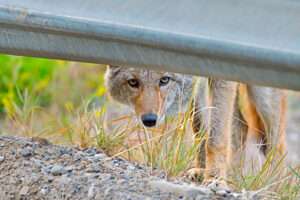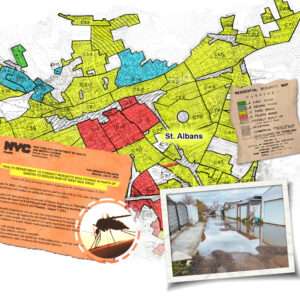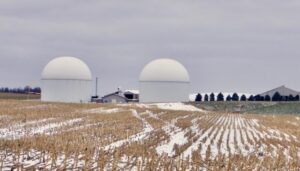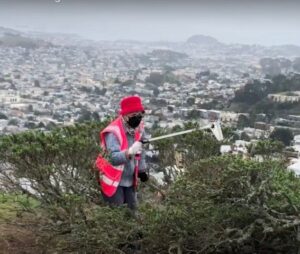
The Coyote Next Door
What urban wildlife can teach us about cognition, survival and how to be good neighbors. Standing in a thicket of poplars, surrounded by tangled brush and magpie chatter, there’s an air of wilderness. But reminders of the urban world beyond the trees are everywhere: the




